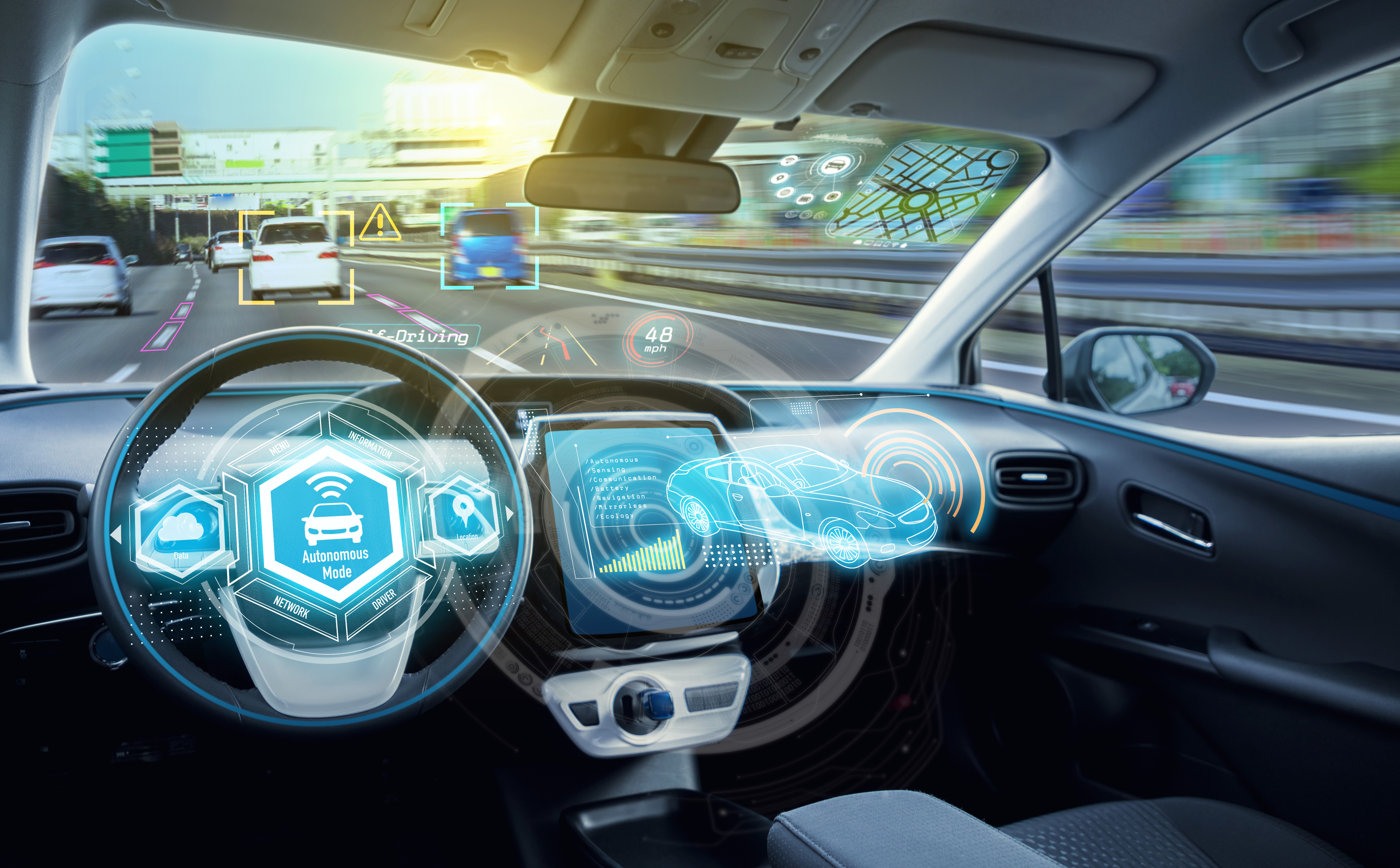Bragging Rights
Explore the latest trends, tips, and stories that make you stand out.
Driving into the Future: Are Robots Our New Chauffeurs?
Explore how robots are revolutionizing transportation! Are they the chauffeurs of tomorrow? Step into the future with us!
Exploring Autonomous Vehicles: How Robots Are Redefining the Future of Transportation
The advent of autonomous vehicles has sparked a revolutionary shift in the transportation sector, redefining how we perceive and interact with personal and public transit. These self-driving robots utilize advanced technologies such as artificial intelligence, machine learning, and complex sensor systems to navigate our roads. As a result, they are not only enhancing safety by minimizing human errors, but also increasing efficiency in urban mobility. Cities across the globe are beginning to integrate autonomous vehicle technology into their infrastructure, creating a seamless transport experience that benefits all citizens.
Moreover, the impact of robots in transportation extends beyond mere navigation; they are reshaping the entire logistics framework. Companies are investing heavily in autonomous delivery vehicles and drones to streamline the supply chain, reducing costs and delivery times. This transformation promises to create new job opportunities in tech and engineering fields, ultimately driving economic growth. As autonomous vehicles continue to evolve, they will unlock a future where mobility is not just a means of transport, but a cohesive ecosystem that connects communities and enhances our quality of life.

The Pros and Cons of Robotic Chauffeurs: Are We Ready for the Change?
Robotic chauffeurs present a transformative vision for the future of transportation, offering numerous advantages that can enhance our daily lives. One of the key benefits is increased safety; these vehicles are equipped with advanced sensors and AI systems designed to minimize human error, potentially leading to fewer accidents on the road. Additionally, robotic chauffeurs can contribute to improved traffic flow and reduced congestion by utilizing real-time data to optimize routes and speeds. Moreover, the convenience factor cannot be overlooked; with a robotic chauffeur, individuals can use travel time for work or relaxation, making every journey more productive.
However, there are also notable downsides to consider when it comes to robotic chauffeurs. The potential for job displacement is a significant concern, as the rise of autonomous vehicles may render traditional driving jobs obsolete, affecting millions of workers in the transportation industry. Furthermore, the technology is still evolving, and issues such as cybersecurity and technical malfunctions could pose risks. An over-reliance on technology can lead to a loss of crucial driving skills among individuals, raising questions about our readiness to fully embrace this change. In summary, while the prospect of robotic chauffeurs is exciting, it is essential to weigh both the benefits and drawbacks carefully.
Will Robots Replace Human Drivers? A Deep Dive into the Future of Mobility
The emergence of autonomous vehicles has sparked a heated debate about whether robots will replace human drivers. As technological advancements continue to evolve, self-driving cars equipped with sophisticated sensors and AI algorithms are becoming increasingly capable of navigating complex traffic scenarios. Proponents argue that these vehicles will significantly reduce accidents caused by human error, enhance traffic efficiency, and lower transportation costs. However, the reality of widespread adoption presents numerous challenges, including regulatory hurdles, ethical considerations, and public acceptance. As we examine the future of mobility, it is essential to consider both the benefits and limitations of robotic drivers in our daily lives.
In this deep dive into the future of mobility, it becomes evident that while robots replacing human drivers might be a plausible scenario, it is unlikely to happen overnight. Many experts suggest a transitional phase where both human and robotic drivers coexist on roads. This coexistence will require comprehensive training for autonomous systems and ongoing adaptation of infrastructure to accommodate new technologies. Additionally, the societal and economic implications, such as job displacement for professional drivers, cannot be ignored. As we venture further into this new era of transportation, continuous dialogue between innovators, policymakers, and the public will be crucial to shaping a future that balances technological advancement with human needs.